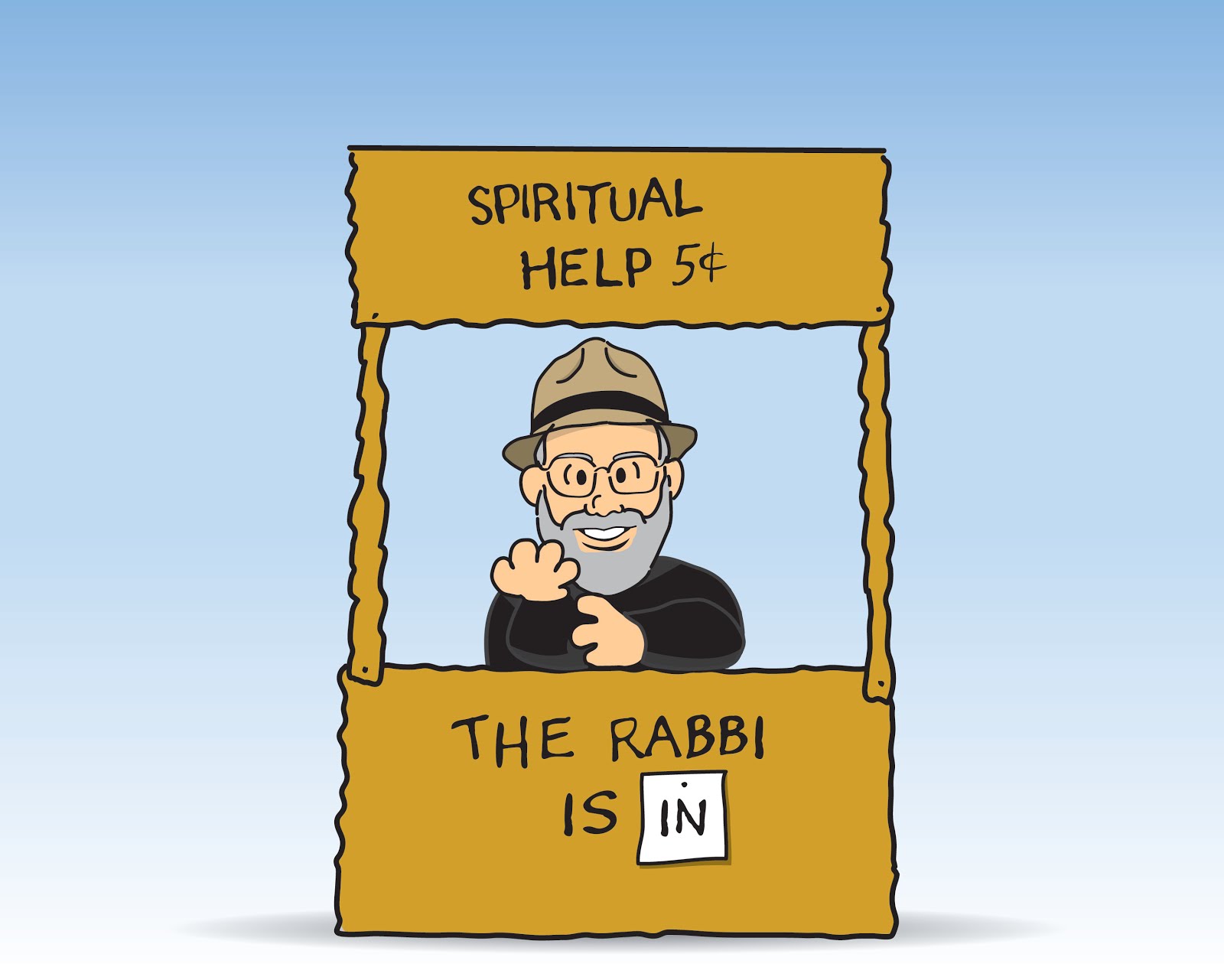Which comes first, the seer or the seeing?
You might say the seer comes first, for how could there be seeing if there is no one to see? Or you might say the seeing comes first, for when there is no seeing, there is no seer.
The problem with choosing between these two lies not with the answers themselves, but with the question. The question assumes that one precedes the other, when in fact seeing and seer and even the object seen all arise together. The existence of the “I” that says “I see the table” depends on both the act of seeing and the table that is seen.
We live in a startlingly visual culture. Everything competes for the attention of eye (and “I”). We call this eye-candy, something that catches the eye and holds its attention long enough to kindle a desire in the seer for something that only a moment ago the seer did not desire. We could also call it “I”-candy, something that arouses desire and an “I” to experience it.
Why is this so successful? Because the eye and the “I” arise together, and neither, as Ecclesiastes (1:8) reminds us, is ever satisfied. The eye needs to see, and the I needs to want.
“Want” is a wonderful word. It means both craving and lack. To identify with “I” is to identify with lack, something is missing, and the craving to find what is missing is what the “I” is. Since the “I” is want and wanting, it can never be satisfied, for if it ever were satisfied it would cease to exist.
The solution to unending craving would seem to be the ending of the “I.” While this would work, who would do it? When I say “I will surrender my self and put an end to the craving I,” who is saying that? Who is going to surrender the self? Is that not also me, another more subtle form of “I”? You cannot surrender yourself, you can only be surrendered.
The solution to endless wanting is not the ending of “I” but the recognition that the “I” is craving, and that you are not. You are bigger than the seer, the seeing, and the seen. You are the infinite field in which all this happens. You are all that happens, but all that happens is not all of you. There is seeing, seer, and seen, and the One who knows all three. This One is you.
This is what Bankei Zenji (1622-1693), the great Japanese Zen teacher, calls the Unborn. Right now there is a you greater than the you that is reading this blog. It cannot be objectified, it is the absolute subject, God, to use western language. This is who you are. Know this and you can see without wanting, marveling at the wonder of diversity without getting trapped in the anxiety of craving.
Tuesday, January 24, 2006
Subscribe to:
Post Comments (Atom)


No comments:
Post a Comment